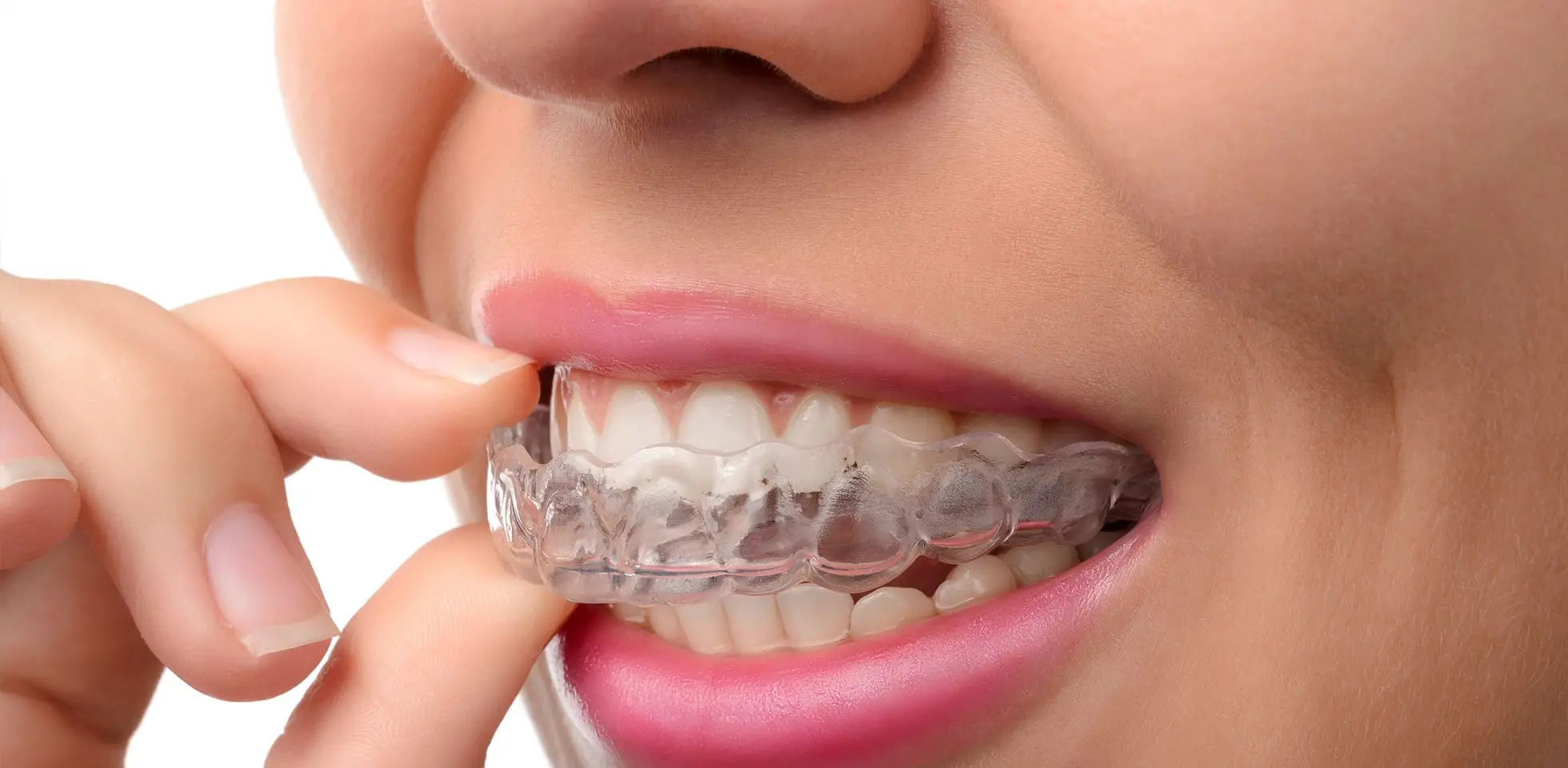Most commonly performed plastic surgery
There are numerous reasons why someone may want to do plastic surgery. Treating a deformity or defect brought on by an injury is a frequent reason people choose to have cosmetic or plastic surgery. Other common reasons for seeking surgery include health concerns or related issues. Any advice or medical assistance regarding plastic surgery can be found here.
According to the American College of Surgeons, approximately 18 million plastic surgery procedures are performed annually in the United States.
This article discusses the most common plastic surgeries and how they are performed. Continue reading to find out more about plastic surgery.
Breast augmentation
The term “boob job” is frequently used to refer to breast augmentation. Breasts can be made more prominent and symmetrical through a standard surgical procedure called breast augmentation. Breast implants or fat transfer are two options for enhancing breasts.
Before you proceed, consider why you want breast augmentation. Consider your options carefully. Consult a plastic surgeon if you are considering breast augmentation. Make sure you know all the potential risks, complications, and aftercare associated with surgery.
What is the procedure for breast augmentation?
The process consists of the following steps:
Anesthesia
During the surgical procedure, you will be given medications to help you relax. Both general anesthesia and intravenous sedation are options. The type of incision used is determined by several factors, including the amount of enlargement, the patient's anatomy, the sort of breast augmentation, and the surgeon or patient's preference.
Incision
The surgeon will make incisions in less noticeable areas to reduce visible scarring. Incisions are made in the skin near or beneath the breasts. Before the surgery, your surgeon will review these options with you and decide which one best suits you.
Inserting and placing the breast implant
Following the incision, a breast implant is placed either in front of or behind the breast tissue. Several factors determine the placement of the implants. Including the type of implant and the extent to which your breasts are increased in size.
Dressing the cuts
The surgeon closes the incisions in the breast tissue with stitches and dresses them.
You might be able to return home that day. If you are in pain after the procedure, you will be given pain killers.
Recovery
Following the surgery, recovery should take a few weeks. You should take time off from work and avoid strenuous activities.
Liposuction
Liposuction is a surgery performed to remove excess body fat. It entails removing tiny pockets of fat challenging to lose through workouts and a nutritious diet. It is performed on parts of the body where fat deposits tend to accumulate, such as the abdomen, hips, thighs, and stomach.
The aim is to transform your body shape, and the procedure is often long-lasting if you watch your weight and lead a healthy lifestyle. It is most effective in people of average body weight.
What is the procedure for Liposuction?
Anesthesia
The patient will be sedated throughout the procedure when general anesthesia is administered. As opposed to general anesthesia, which will numb the entire body, local anesthesia keeps the patient awake throughout the procedure.
Tumescent Liposuction is a preferred cosmetic procedure because it only requires local anesthesia. This reduces the invasiveness of the procedure and allows for a quicker recovery. However, the technique and anesthesia used will be determined by the amount of fat removed and several other factors.
Incisions
After sedating the patient, the surgeon will make small incisions in specific body areas to extract excess fat. The cuts are typically small, measuring between a quarter and a third of an inch. Incisions are placed so that the scarring is as invisible as possible.
Getting Rid of the Fat Tissue
The surgeon inserts a cannula through the incisions. It is to penetrate deeper into the fat layers. The surgeon manually removes the fat cells by moving the cannula back and forth. Using a syringe o that is attached, the disintegrated fat cells will then be suctioned out of the body.
Stitching the Incisions
The surgeon uses absorbable or removable sutures to close the incisions. Elastic tubes are positioned beneath the skin to reduce the chance of infection and collect excess fats. Sutures and drains are usually removed within a week to a few days. The surgeon may leave some incisions open in certain circumstances to reduce bruising and swelling.
To lower the risk of infection, the patient might need to take antibiotics r after the procedure. The majority of people also use mild painkillers to reduce any discomfort and swelling
Rhinoplasty
The nose can be restructured and fine-tuned with the assistance of a knowledgeable, skilled cosmetic surgeon to accentuate a patient's beauty. The surgery might be carried out to fix congenital disabilities, heal injury-related deformities, or ease breathing problems.
What is the procedure for Rhinoplasty?
Anesthesia
The procedure for reshaping the nose involves the use of general anesthesia to numb the pain.
Incision
The incision may be made inside the nose or in the space between your nostrils.
Reshaping the nose
The surgeon may enlarge your nose by using tissue from your ears. This procedure is also known as graft. The surgeon may also change the shape of your nose and nostrils by rearranging the cartilage on your nose.
Following these adjustments, the surgeon reattaches the nose's skin and tissue and stitches the minor cuts in your nose.
Conclusion
Sometimes, plastic surgery can go wrong, and the outcomes might not be what you were hoping for. If you experience severe pain or any other unanticipated symptoms, seek help from a qualified health professional as soon as possible.
If you are dissatisfied with the outcome of your surgery or believe it was not performed correctly, consult with your surgeon.




